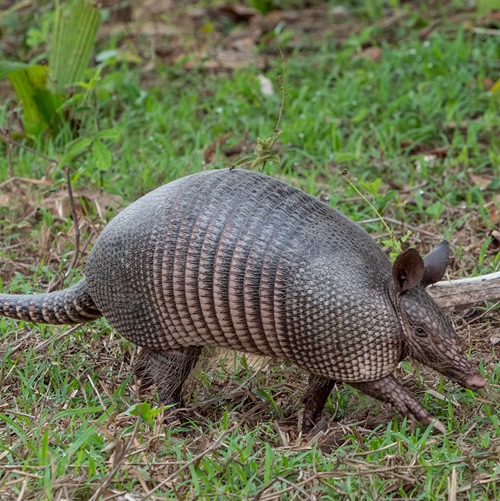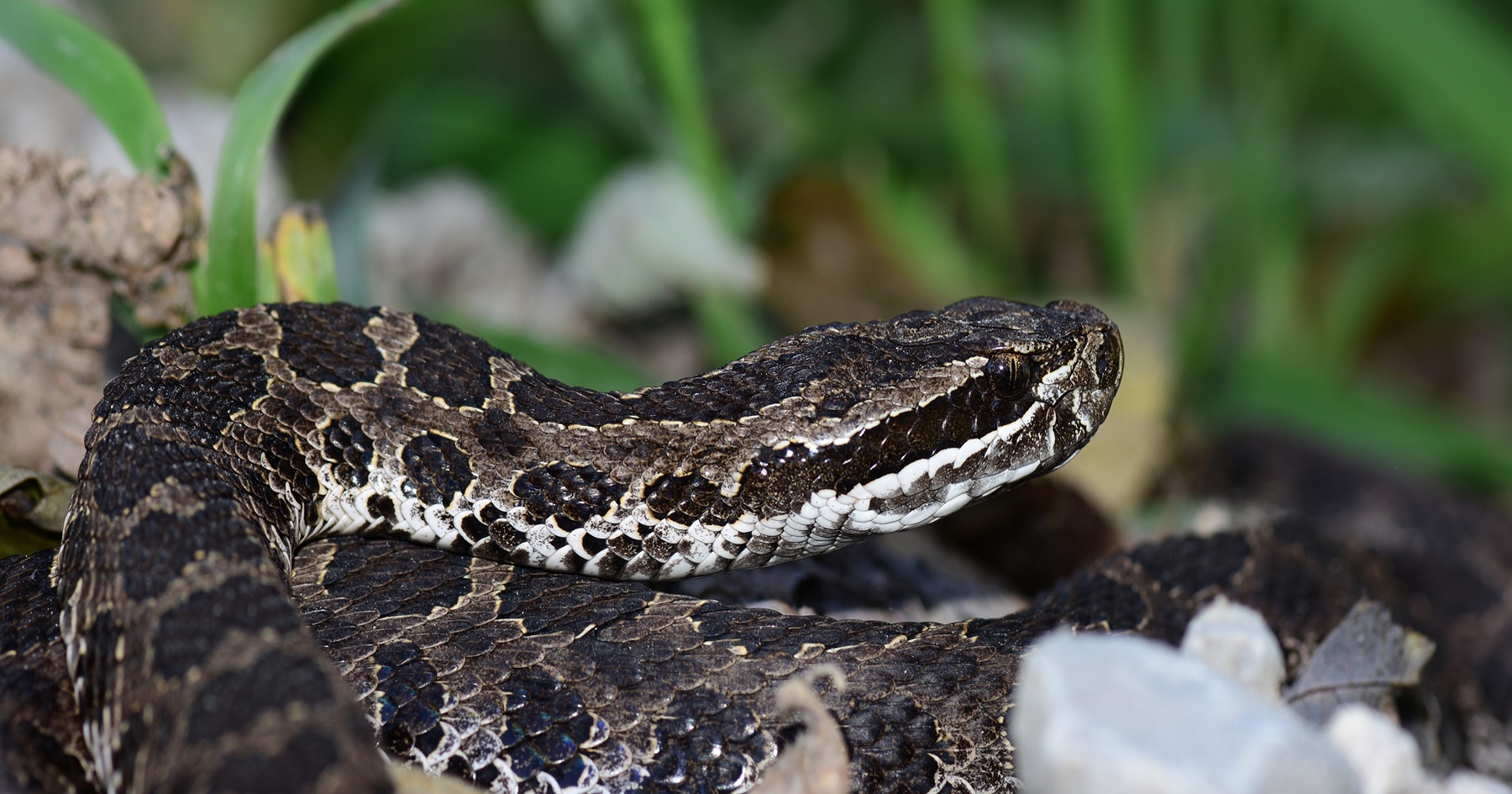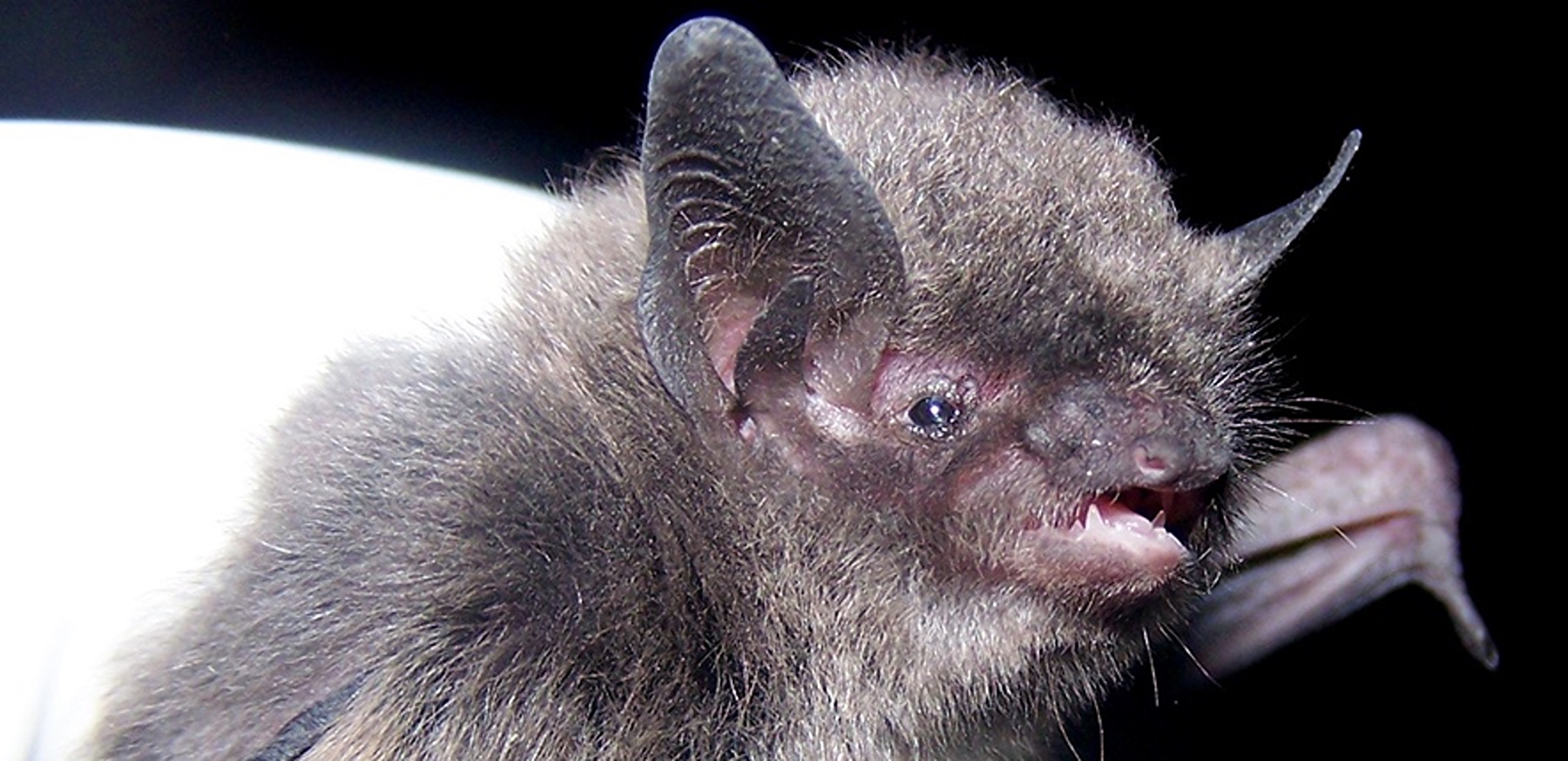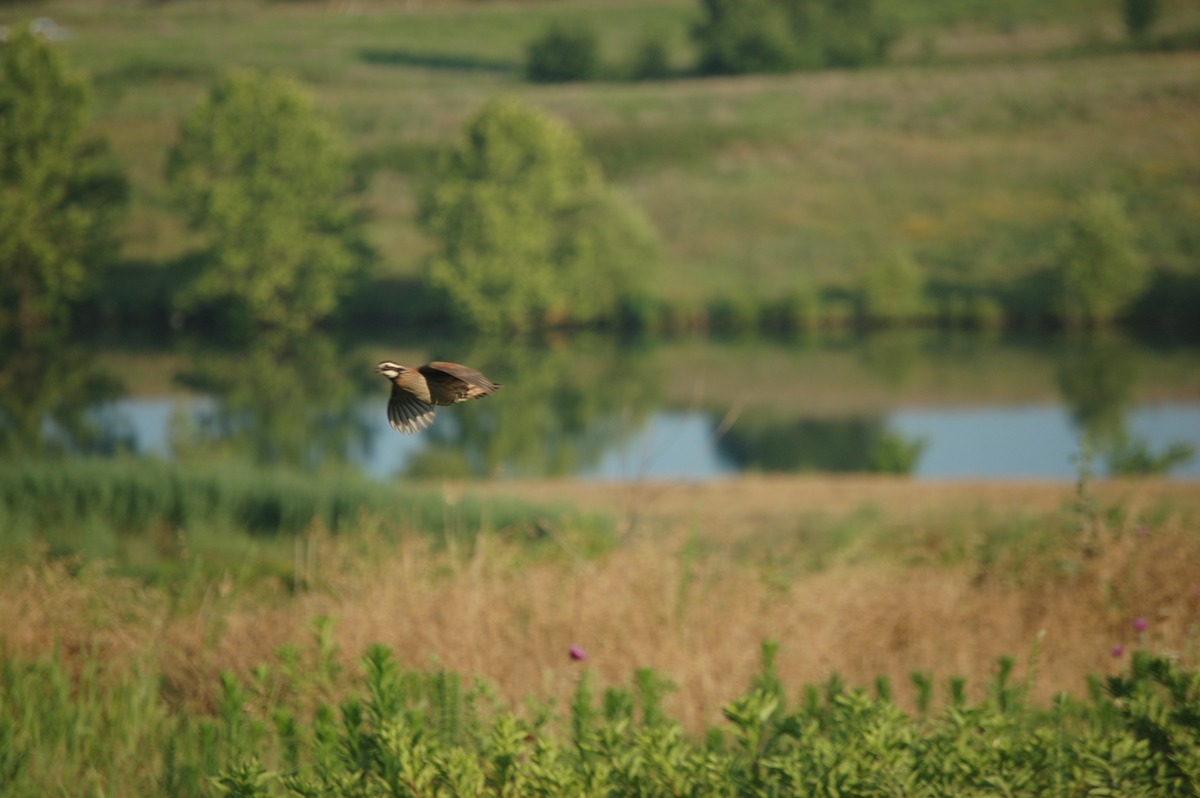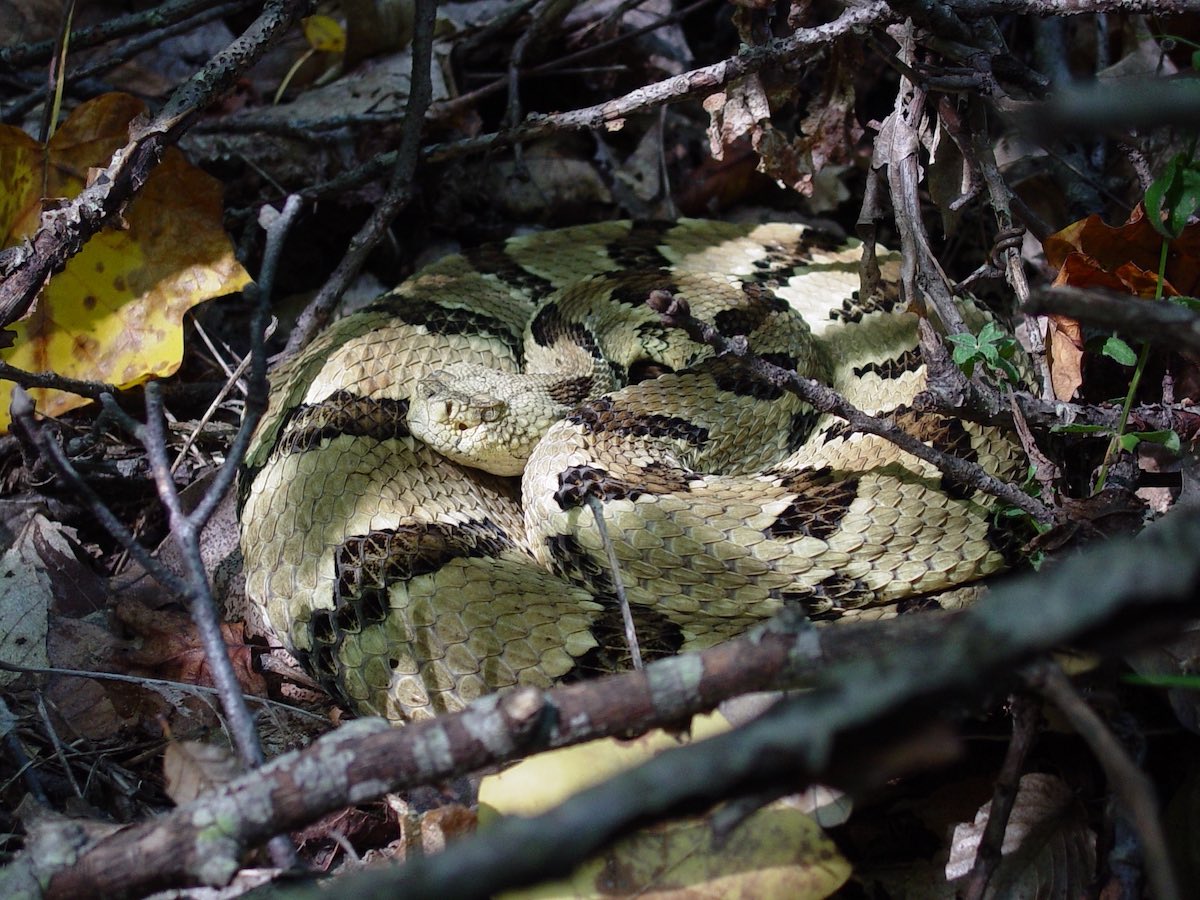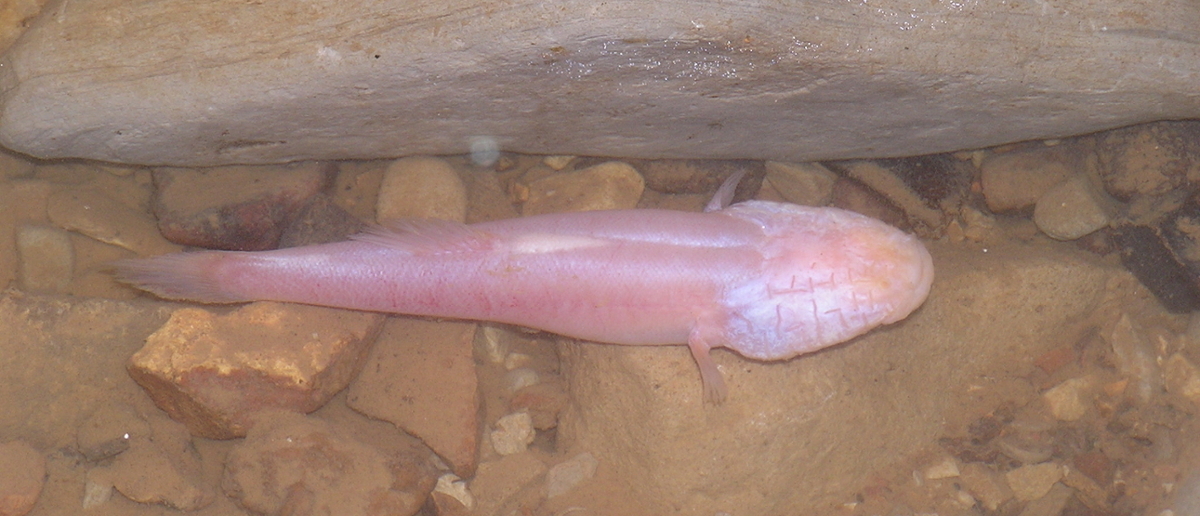Unexpected Plants and Animals of Indiana: Wild persimmon

Indiana is home to a large variety of plant and animal life, supported by the range of Indiana habitats, from its prairies to verdant hardwood forests. Discover some of the state’s more surprising species with Purdue Agriculture’s new Unexpected Plants and Animals of Indiana series.
A bulbous fruit with an opulent orange hue and flared leafy top, there is definitely something otherworldly about the persimmon. Its scientific name, Diospyros virginiana, translates roughly as “divine fruit.” The wild persimmon boasts a decadent, sweet flavor, if you can catch the fruit when it’s ripe, which is more difficult than it sounds, Bruce Bordelon said.
Bordelon, professor of horticulture, explained wild persimmons are native to and grow throughout southern Indiana and can be found in the northern part of the state, although less abundantly. Unlike many other stone fruits, persimmons ripen in late summer and early fall and drop from the tree as soon as they ripen.
“You don’t really want to eat an unripe persimmon,” Bordelon advised. “If you pick them off the tree they’re beyond tart. They’re astringent. It will suck all the moisture right out of your mouth. A ripe one, however, has a beautiful flavor.”
Persimmons are not farmed on a large or commercial scale in Indiana, which is why many enjoy harvesting them in the wild, Bordelon continued. Occasionally, people plant them along fences or as border trees, but less and less frequently.
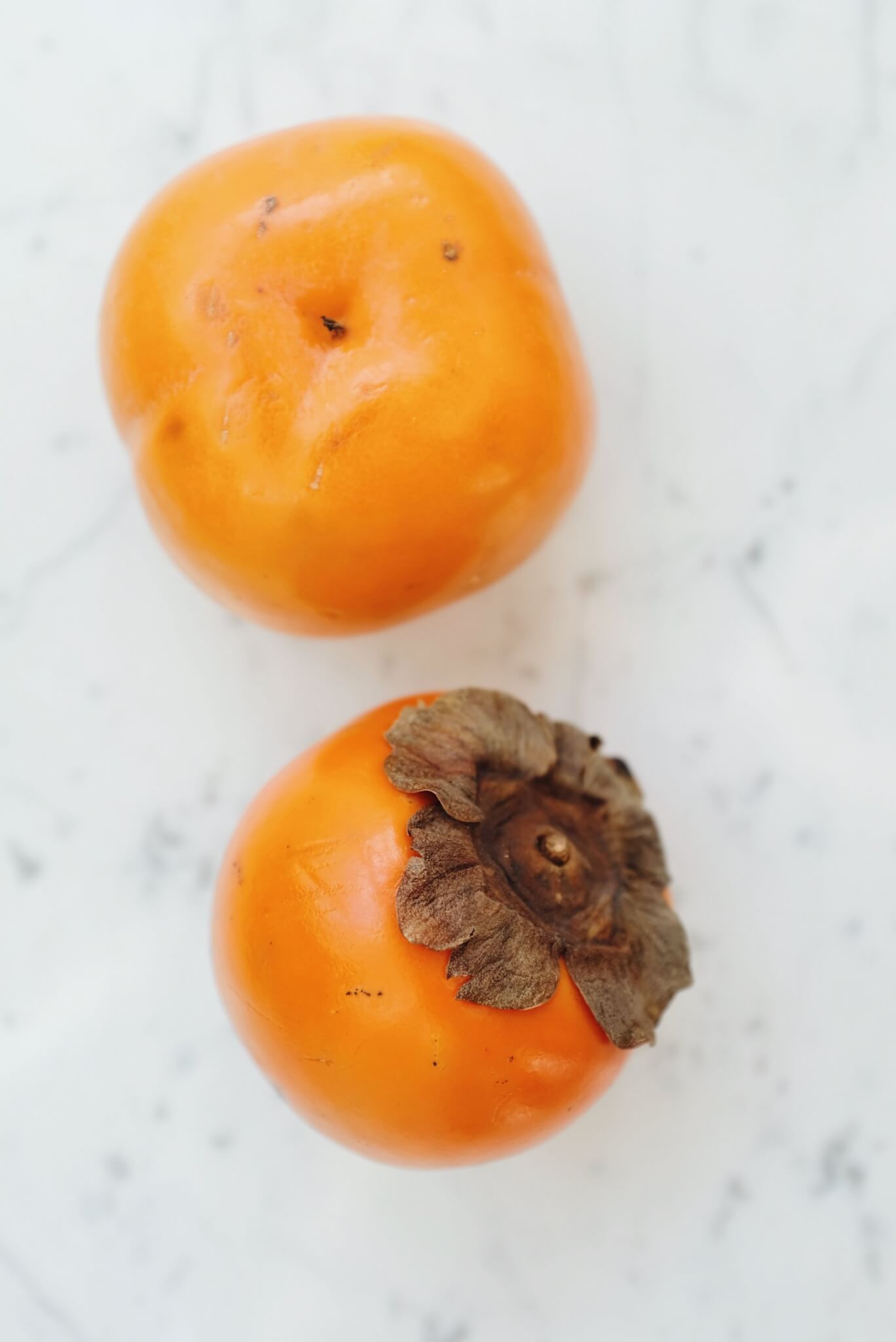
One business in Indiana, Tuttle Orchards, processes persimmon pulp. They buy persimmons off individuals who harvested them in the wild or from their property, Bordelon explained, and are able to produce a limited quantity of pulp each fall. Persimmons are most commonly eaten in pulp form. Popular dishes include puddings, sweet breads, pies and other desserts. Upland Brewing Co., based in Bloomington, Ind., has even developed a seasonal persimmon beer.
Persimmons are good for baking and brewing because they are high in sugar content. When ripe, Bordelon explained, they are about 30 percent sugar. “Their high sugar content also makes them easier to deal with post-harvest,” he continued. “Lots of people gather them in baskets and store them in a cool basement or barn where they can keep for weeks.”
A few persimmon trees can even be found on Purdue’s campus and during the fall, Bordelon said, you’ll see students and faculty in the know collecting the ripened fruit. Persimmon trees and other edible fruits can be found using the Purdue Arboretum’s map: https://bit.ly/3mTN12F.
Beyond their value as ornamental and fruit bearing trees, persimmon trees serve many other useful purposes. The fruit is a common source of nutrition for scavengers like possums, raccoons and foxes and can also be enjoyed by livestock, especially horses who, if unregulated, have been known to binge on the fruit. The wood of a persimmon tree is also considered quality firewood, burning hot and producing an appealing aroma. Artisans also commonly use the wood as it is sturdy with tight, straight grain.
“Fewer and fewer people are planting persimmon trees or eating the fruit, but those that do can be kind of intense about it,” Bordelon said. “Those that love persimmons really love them.”

